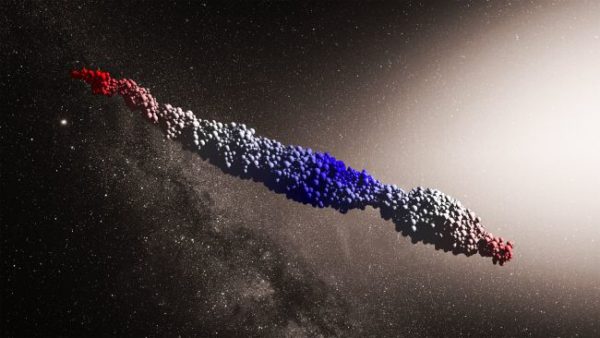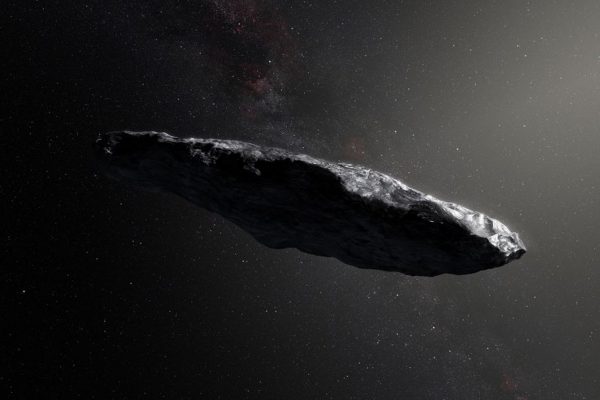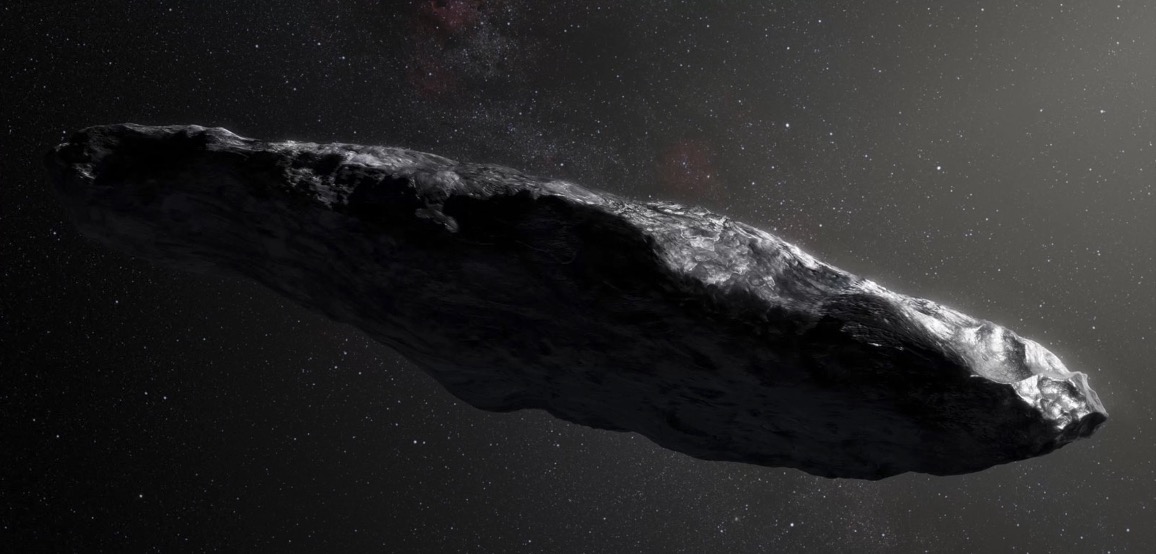So… ‘Oumuamua Wasn’t Built By Aliens?
Our solar system’s first known interstellar visitor may have a very violent origin story. The mysterious object ‘Oumuamua, which was spotted zooming through the inner solar system in October 2017, is probably a fragment of a larger body that was torn apart by gravitational forces during a close flyby of its native star, a new study suggests. This “tidal fragmentation scenario not only provides a way to form one single ‘Oumuamua but also accounts for the vast population of asteroid-like interstellar objects,” lead author Yun Zhang, of the National Astronomical Observatories of the Chinese Academy of Sciences, said in a … Read more





